A new coalition of companies committed to harvesting rainwater.
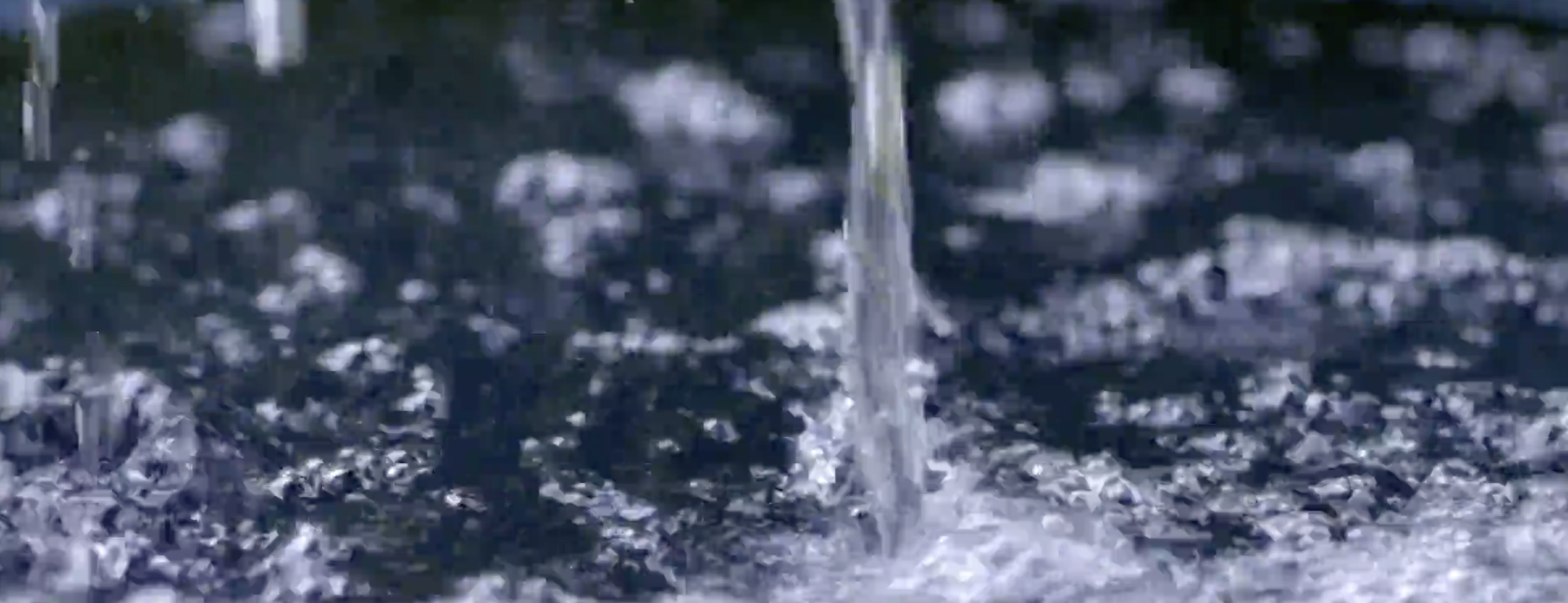
Imagine a trillion gallons of rainwater.
Put to the best possible use.
-
Lower your water expenses and guard against rate increases.
-
Realize a more abundant water supply for your operations.
-
Secure a reliable water source during droughts and other water shortages.
-
Rainwater harvesting boosts efficiency, reduces demands on aquifers, and can help to recharge groundwater.
-
Highlight your leadership to customers and stakeholders.
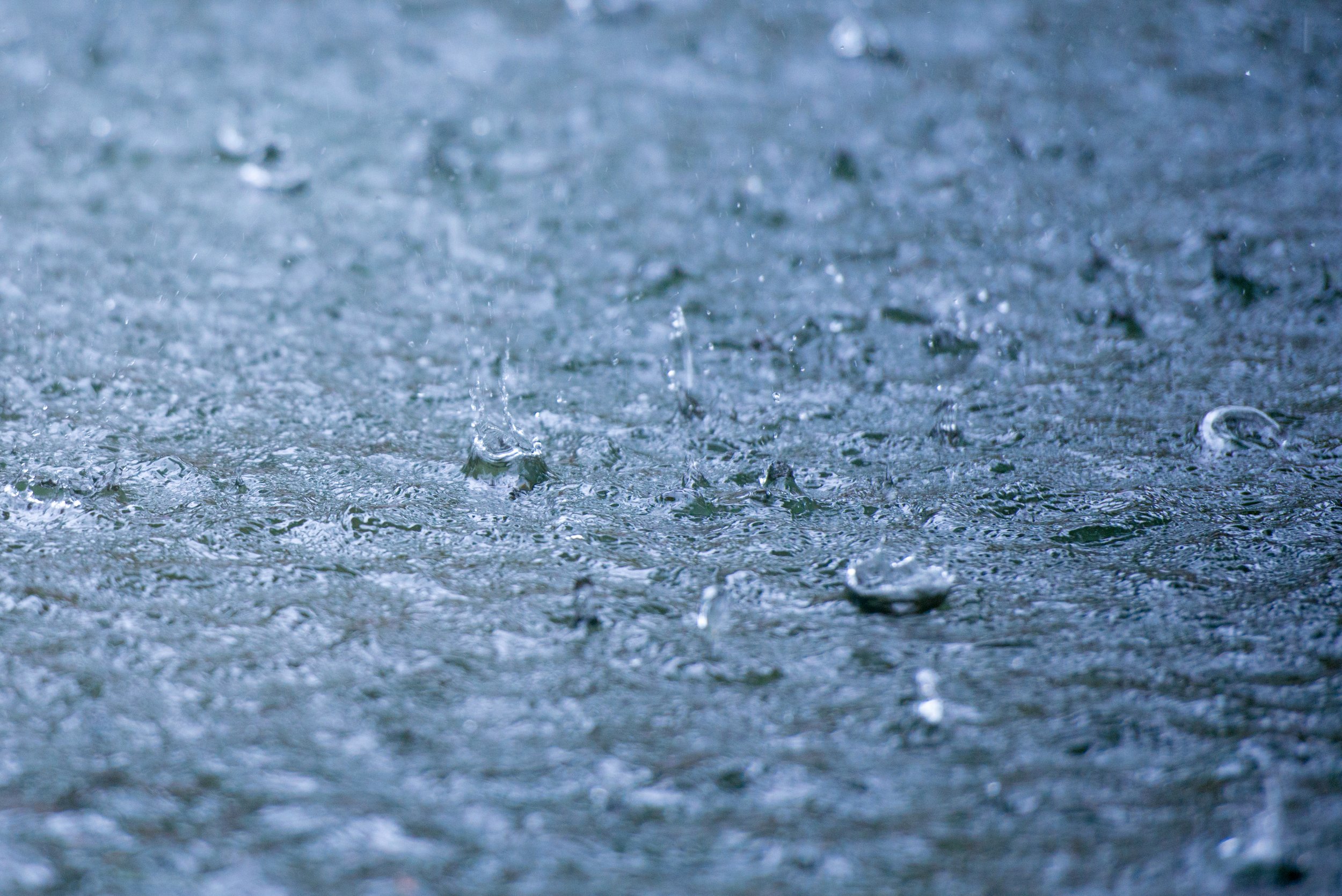
A 50,000 square foot roof can collect 31,000 gallons of water from a single inch of rainfall.
Following solar, rainwater is the next big move in sustainability.
The Opportunity
-
Rainwater harvesting can mitigate stormwater runoff and flooding, reduce reliance on municipal water supplies, improve water quality in rivers, and promote an abundant and resilient supply of water for various purposes. With no need to transport and sell water collected from a roof, rainwater systems can be lower cost than traditional utilities over time and avoid the carbon emissions from pumping water between locations.
Momentum is growing. States and municipalities across the US have lifted outdated barriers to rainwater collection, recognizing its safety and conservation benefits. Companies including Apple, Ford, and Toyota have recently built rainwater harvesting systems at corporate campuses and manufacturing facilities. Combining residential, industrial, and agricultural projects with supportive public policies and expanded financing makes our goal of a trillion gallons achievable.
-
Members of the Rainwater Alliance commit to building new rainwater collection capacity in accordance with industry best practices and to tracking and reporting their progress. We use reports from our members to measure and track overall progress, which we update online. We feature member companies in media outreach and other programming focused on building public awareness of rainwater harvesting. Building on these commitments, we promote public education, advance public policy goals, and support the development of technology around rainwater harvesting. We operate with support from rainwater manufacturing and installation companies that meet the highest industry standards.
-
Technology Companies with Data Centers: Use large roof areas to collect rainwater, offering a sustainable cooling solution.
Manufacturing Facilities: Reduce water procurement costs and minimize environmental impact with rainwater harvesting.
Agricultural Enterprises and Food Producers: Supplementary water source for irrigation, stabilizing water availability during dry spells and cutting water costs.
Retail and Commercial Real Estate Developers: Support landscaping needs, reduce stormwater runoff, and lower municipal water usage.
Hospitality and Resort Operators: Provide a sustainable water source for gardens, pools, and sanitation, reducing costs and enhancing property appeal.
Beverage Companies: Use rainwater for non-potable purposes to reduce water costs and support sustainability goals, potentially meeting strict quality standards with advanced filtration.
Textile and Apparel Companies: Ideal for processes like dyeing and finishing fabrics, reducing the need for water softeners and minimizing the water footprint.
Sports Facilities and Golf Courses: Provide sustainable irrigation, preserving local water resources and reducing maintenance costs.
Energy and Utility Companies: Serve as an alternative or supplementary water source for cooling or other operations, reducing environmental impact and aiding in water resource management.
Municipal Governments: Commit to harvest rainwater on school campuses and other public buildings; promote the practice through incentives in the community.
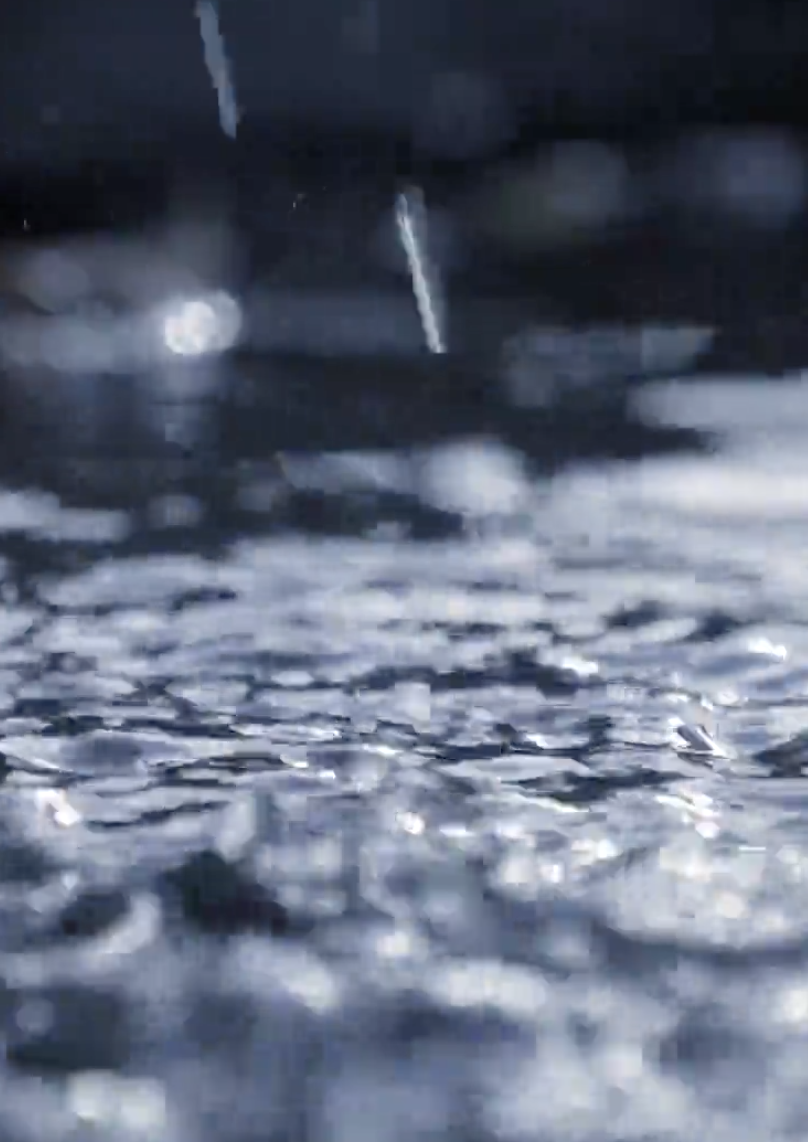
Media
-
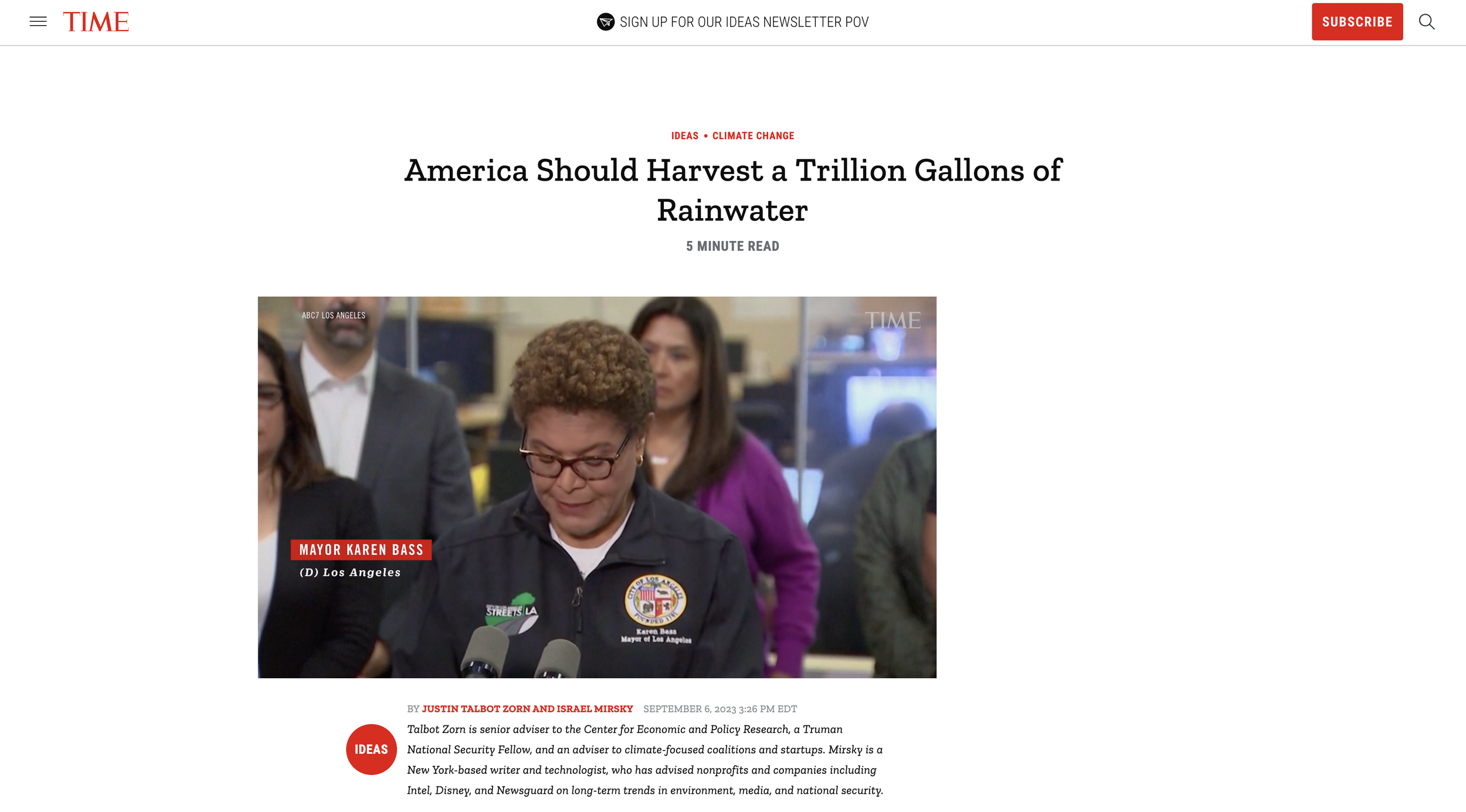
America Should Harvest a Trillion Gallons of Rainwater
TIME
Over the weekend, Burning Man attendees were forced to shelter in place when the usually-parched Black Rock Desert got roughly 3 months’ worth of rain in 24 hours. In August...
-

Millions lack access to running water. Is the solution hiding in plain sight?
THE WASHINGTON POST
TUCSON — In the 1980s, Brad Lancaster started making illegal cuts into curbs in his Dunbar Springs neighborhood here, allowing storm water to flow into street side...
-
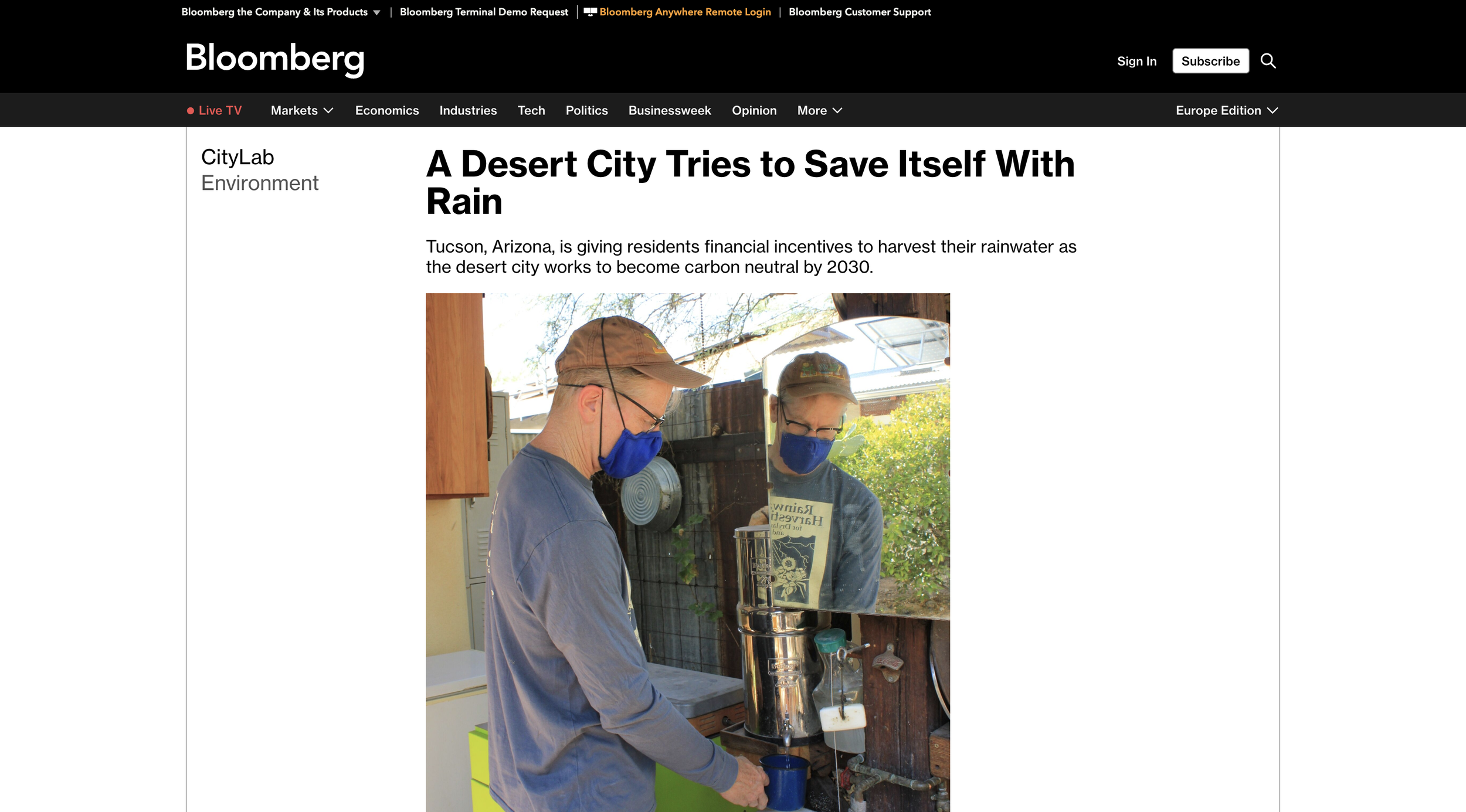
A Desert City Tries to Save Itself With Rain
BLOOMBERG
Tucson, Arizona, is giving residents financial incentives to harvest their rainwater as the desert city works to become carbon neutral by 2030...

Join today.
It’s simple. Set a commitment for building rainwater collection capacity. Companies can also join by reporting the rainwater harvesting capacity they have already built.
There is no cost to membership. The first 50 companies will be included in an extensive media and public outreach campaign with the launch of the initiative.